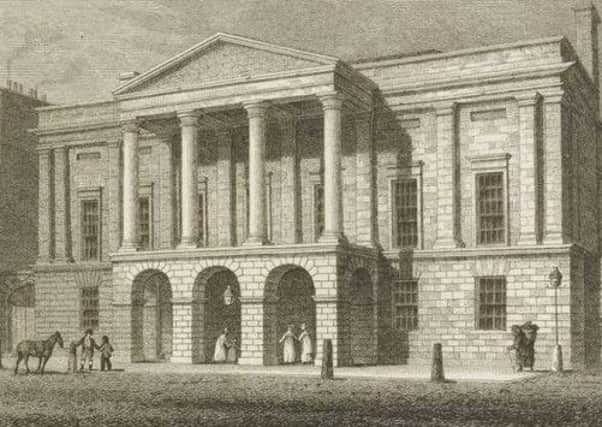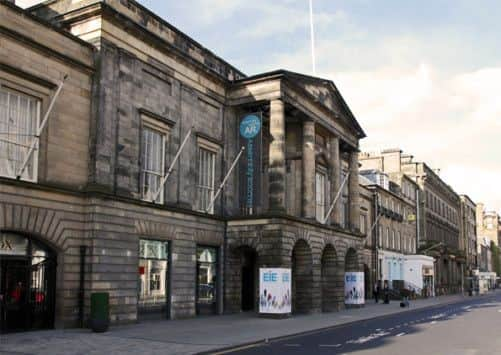Lost Edinburgh: The Assembly Rooms
This article contains affiliate links. We may earn a small commission on items purchased through this article, but that does not affect our editorial judgement.


Construction on the Assembly Rooms on George Street began in 1783 to the designs of architect John Henderson. The building was financed by public subscription and located on land gifted by the town council.
The new Assembly Rooms were intended to provide a place of entertainment for the wealthy residents of Edinburgh’s New Town. However, the first unofficial event at the Assembly Rooms was a little less high-brow than might be expected. Before it was fully-complete, the building played host to a cockfighting match between the landowners of Haddington and Lanark. Illicit betting on the cockfight is said to have taken place away from prying eyes in the unfinished kitchens.
Caledonian Hunt Ball
Advertisement
Hide AdAdvertisement
Hide Ad

The Assembly Rooms officially opened on 11 January 1787 for the Caledonian Hunt Ball. Despite the building being largely incomplete and poorly furnished the Edinburgh Evening Courant claimed the ball was ‘of the highest degree, magnificent and brilliant’. John Henderson’s original designs had been cut back due to a financial shortfall of £2,000 leading many to complain that the building lacked splendour. Drapes, mirrors, fluted Corinthian pilasters and crystal chandeliers were installed in the ballroom by John Baxter in 1796 in order to rectify the issue.
Portico
In 1818 acclaimed architect William Burn was responsible for the addition of the grand portico at the entrance which has since become the building’s most recognisable and iconic feature. The same architect with his partner David Bryce would go on to design the Assembly Room’s elaborate Music Hall in 1843. The final major improvements on John Henderson’s original design occurred in 1907 when new side wings were added to the structure.
August 1822 saw the Assembly Rooms host a glittering royal event known as ‘the Peers’ Ball’ to mark the visit of George IV to Edinburgh. Thousands of onlookers watched as carriage after carriage arrived creating pandemonium on George Street. For many of the men that evening it would be their first experience of wearing the newly-fashionable kilt. In fact, so many turned up in Highland Dress, it is thought that the Peers’ Ball played a vital role in popularising the tartan attire as the fashion of choice for large-scale formal events in Scotland from then on.
Waverley Novels
Sir Walter Scott caused astonishment at the annual Edinburgh Theatrical Fund Association dinner at the Assembly Rooms in 1827 when he revealed that he was the author of the hugely popular Waverley Novels. The identity of the author of the Waverley series had been kept under-wraps since the first instalment in 1814.
All manner of events have taken place in the Assembly Rooms over the years, including dinner and dance parties, public meetings, concerts and recitals. Literary figures such as Dickens, Scott and Thackeray are among the numerous prominent authors to have given public readings at the venue.
Restoration
In late 2009 the Assembly Rooms underwent an extensive £9.3m refurbishment to restore the 225 year old Category A structure to its Georgian glory.The much-loved building now has four main rooms which are utilised for a variety of functions all year round and boasts one of the best-performing Jamie Oliver restaurants in the country.
It has also become associated as an important venue during the Edinburgh Festival Fringe.
Advertisement
Hide AdAdvertisement
Hide AdDespite its many alterations the Assembly Rooms continue to be used for the same purpose as was originally intended more than two centuries ago.
Long may the pomp and prestige continue.
• David McLean is the founder of the Lost Edinburgh Facebook page